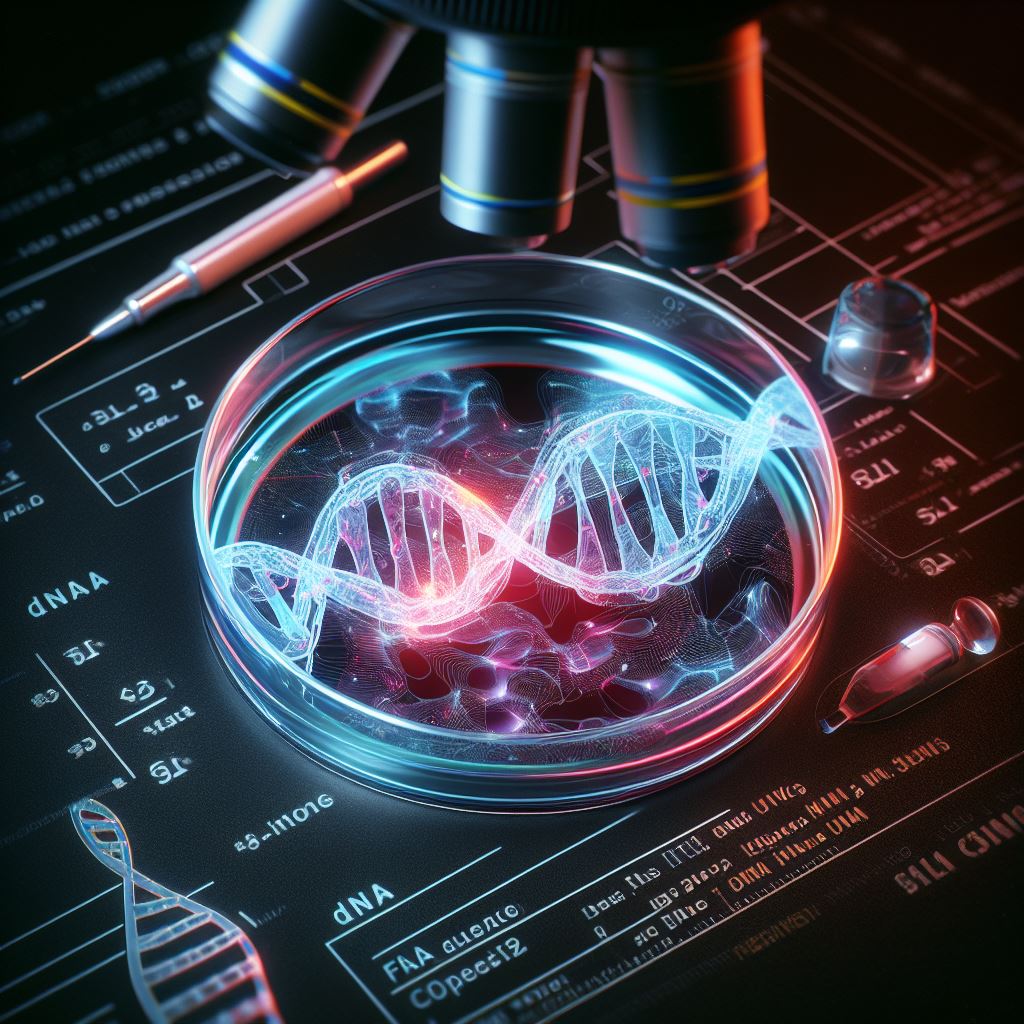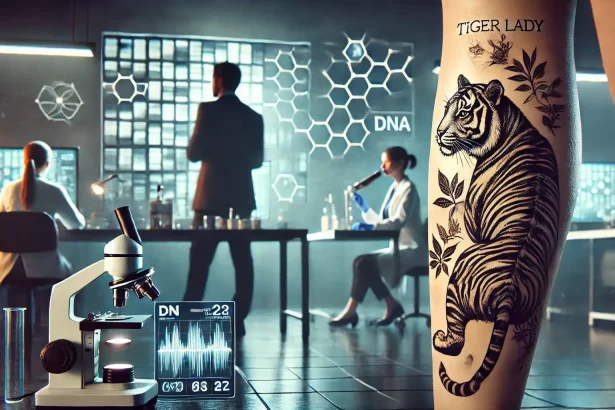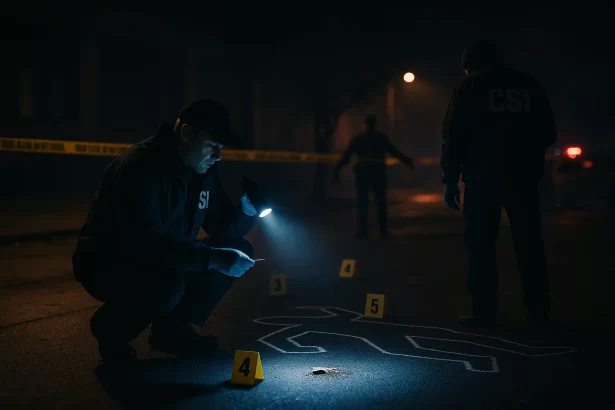An ion is a type of chemical species that results from the unequal number of electrons and protons in an atom or molecule. This imbalance in charge gives ions an electric charge, either positive or negative. Here are the key points about ions:
- Electron-Proton Imbalance: Ions are formed when the number of electrons in an atom or molecule is different from the number of protons. This disparity in the number of negatively charged electrons and positively charged protons creates an electric charge.
- Cations (Positively Charged Ions): When an atom or molecule loses one or more electrons, it becomes positively charged. These positively charged ions are called cations. Cations are formed when an atom or molecule undergoes a process called ionization or electron loss. For example, when a sodium atom (Na) loses one electron, it becomes a sodium cation (Na+).
- Anions (Negatively Charged Ions): When an atom or molecule gains one or more electrons, it becomes negatively charged. These negatively charged ions are called anions. Anions result from ionization or electron gain. For instance, when a chlorine atom (Cl) gains one electron, it becomes a chloride anion (Cl-).
- Ionic Compounds: Ions play a fundamental role in the formation of ionic compounds. Ionic compounds are composed of positively charged cations and negatively charged anions, which are held together by electrostatic attractions. Common examples include sodium chloride (NaCl), where sodium ions (Na+) and chloride ions (Cl-) combine to form salt.
- Electrolytes: Ions are responsible for the conductivity of solutions. Solutions containing ions are known as electrolytes. Electrolytes can conduct electricity because the ions within them are free to move and carry electric charge.
- Chemical Reactions: Ions are involved in various chemical reactions, as they can interact with other ions and molecules to form new compounds. These interactions are essential for many biological and chemical processes.
- Ions in Nature: Ions are prevalent in nature and can be found in various environments, including oceans, soils, and living organisms. They play vital roles in biological functions and environmental chemistry.
- Measurement and Analysis: The presence and concentration of ions in solutions can be determined using analytical techniques such as ion chromatography and mass spectrometry.
In summary, ions are electrically charged chemical species resulting from an imbalance in the number of electrons and protons in atoms or molecules. Cations have a positive charge due to electron loss, while anions have a negative charge due to electron gain. Ions are essential in chemistry, biology, and many aspects of daily life, influencing the behavior of substances and facilitating chemical reactions and electrical conductivity.



